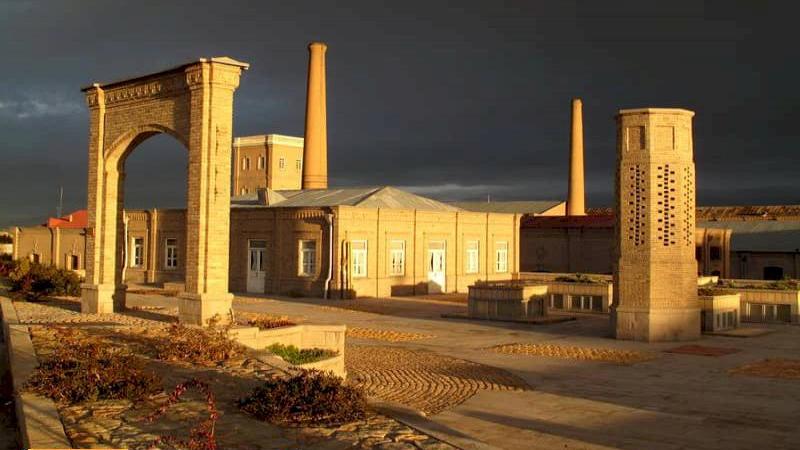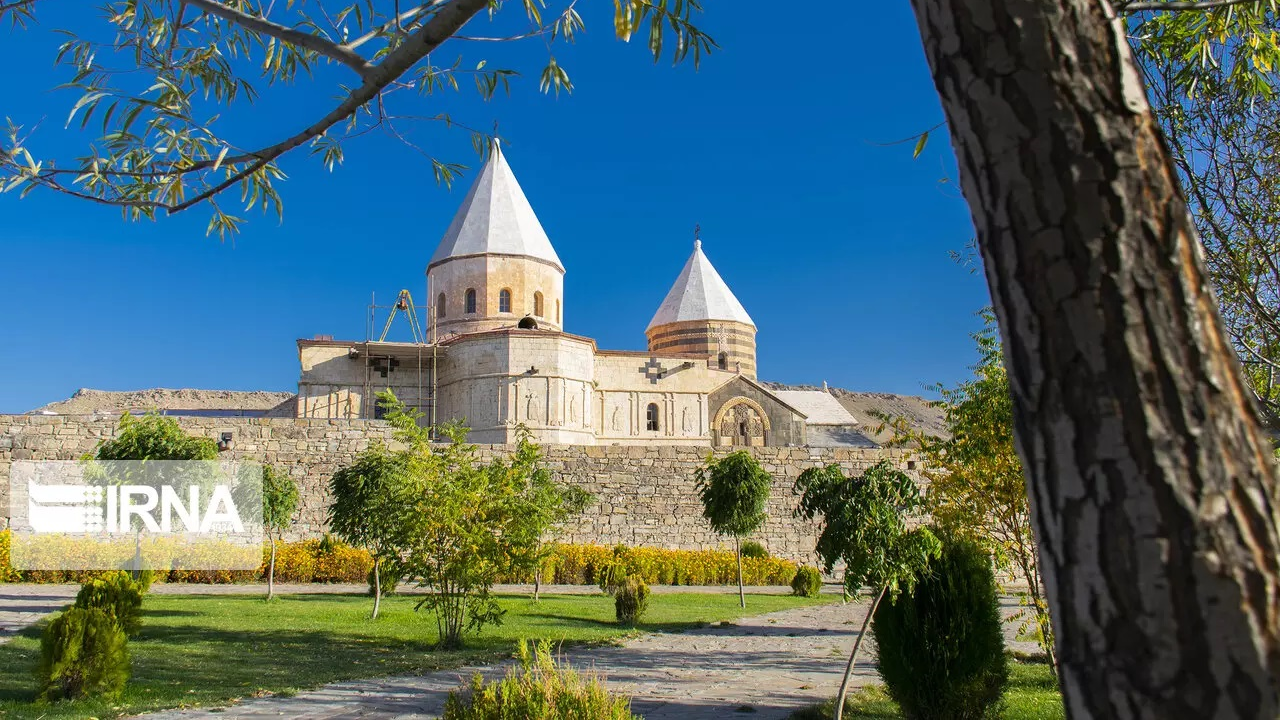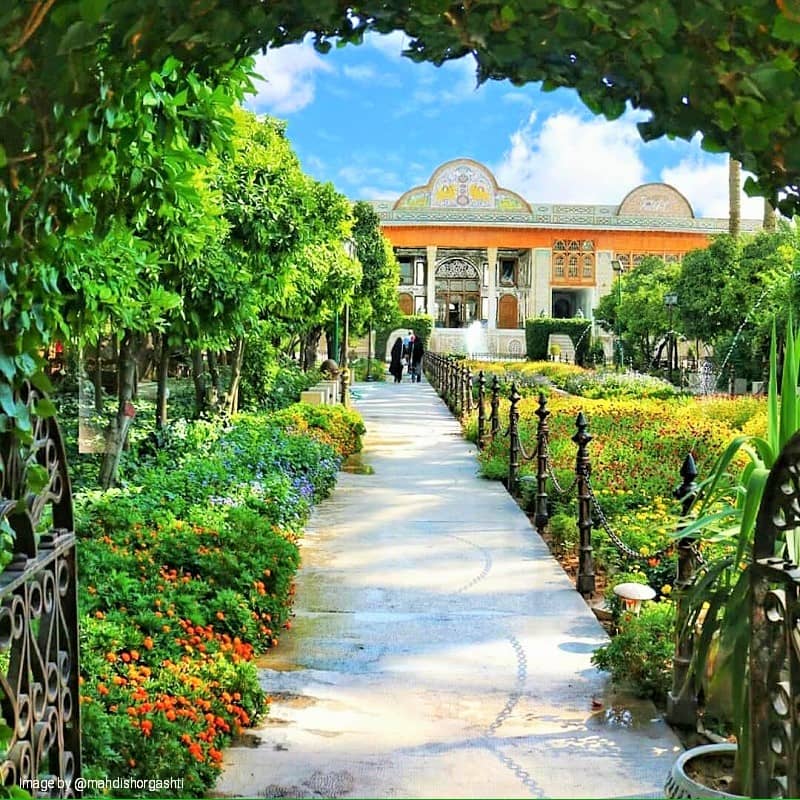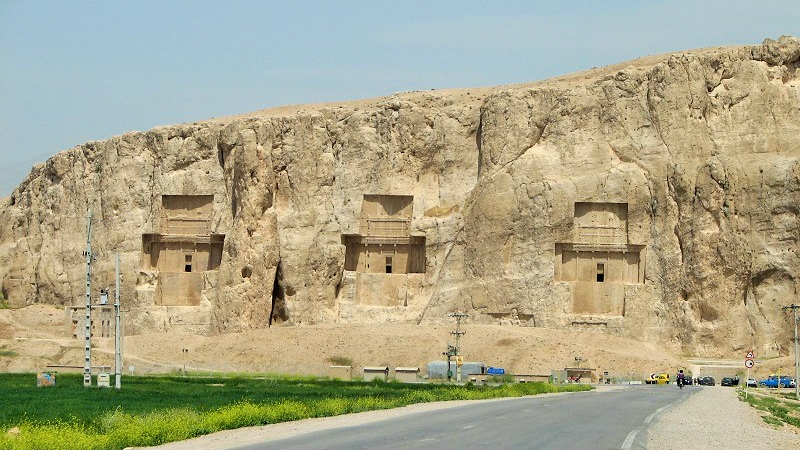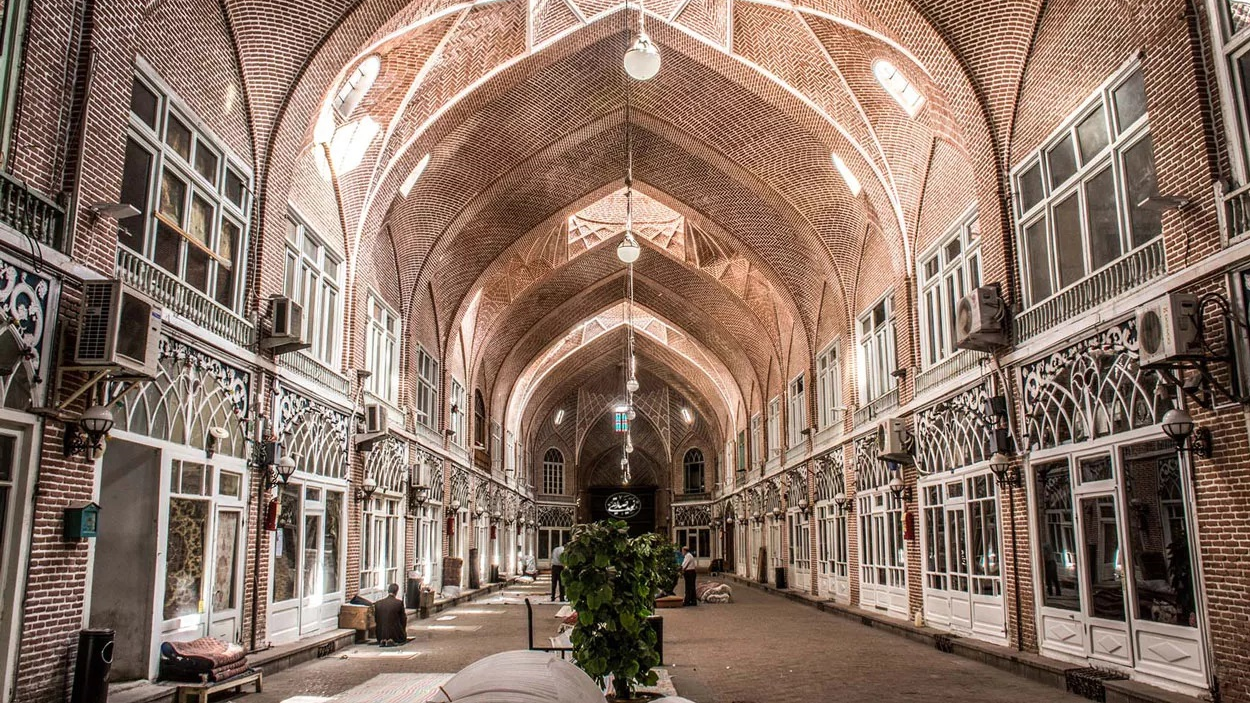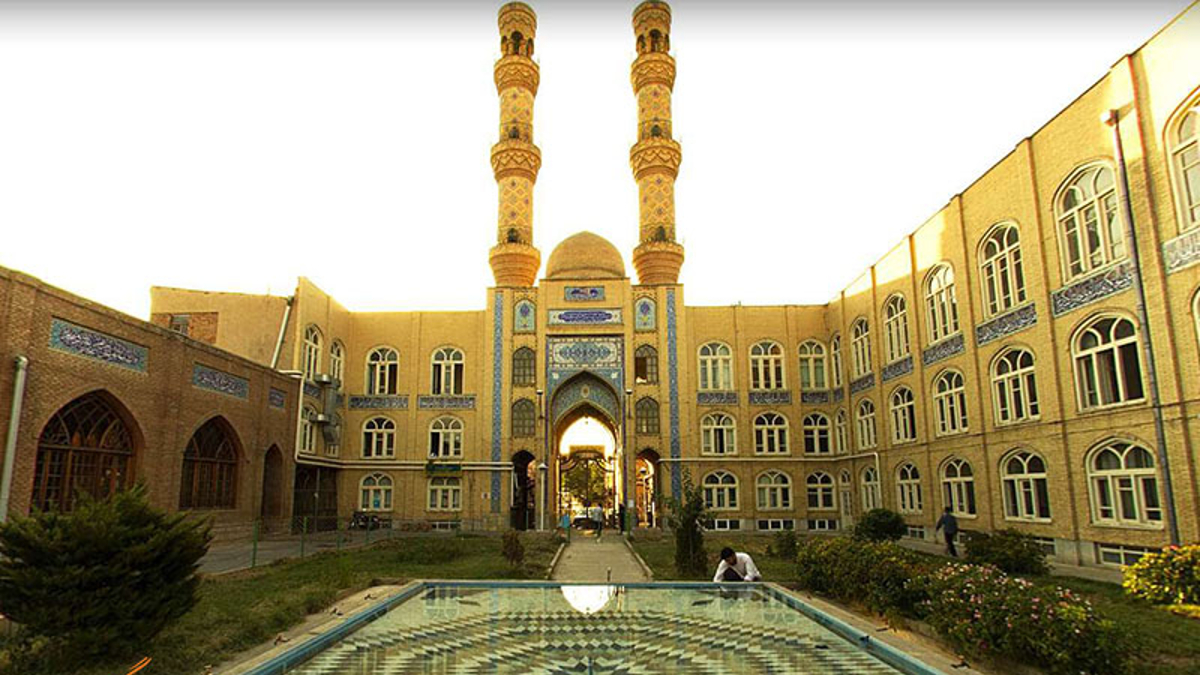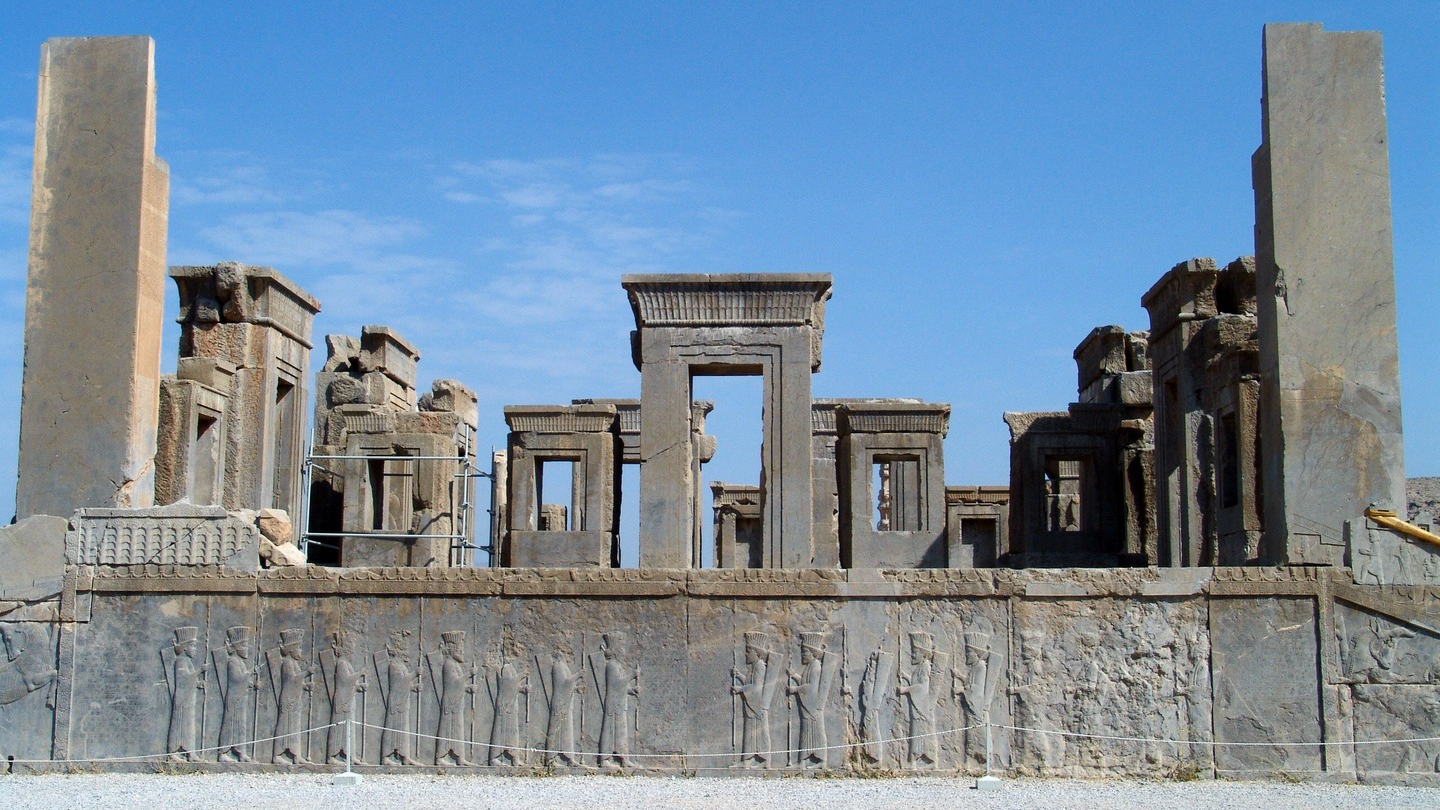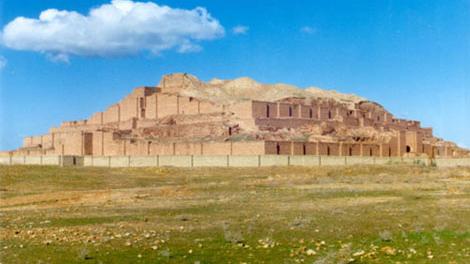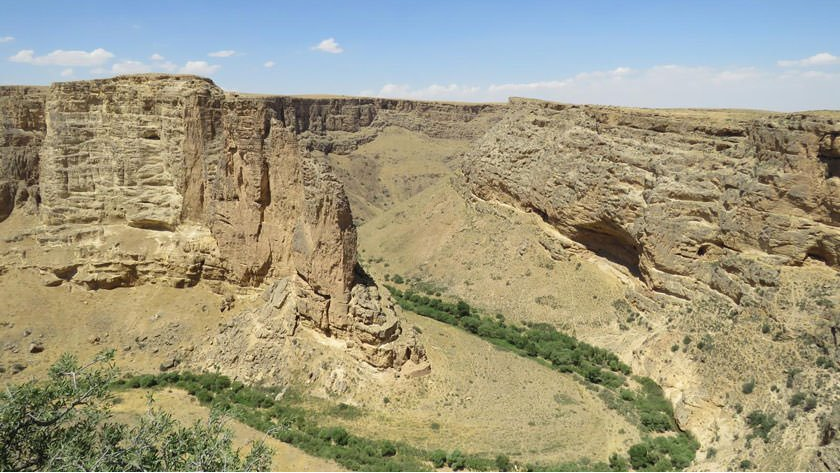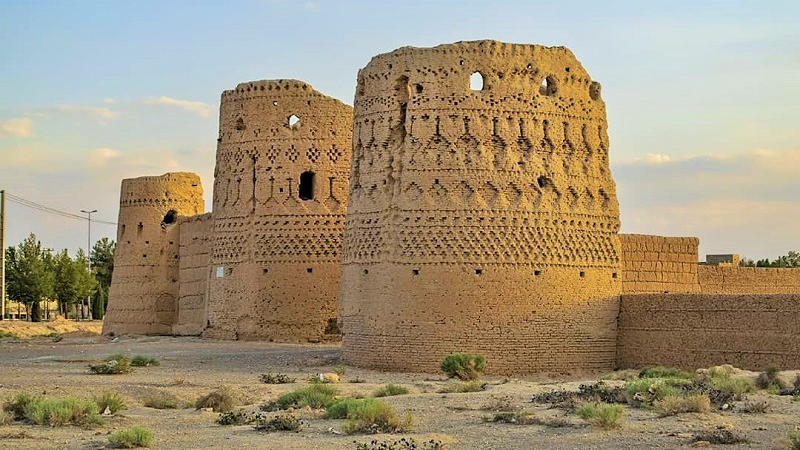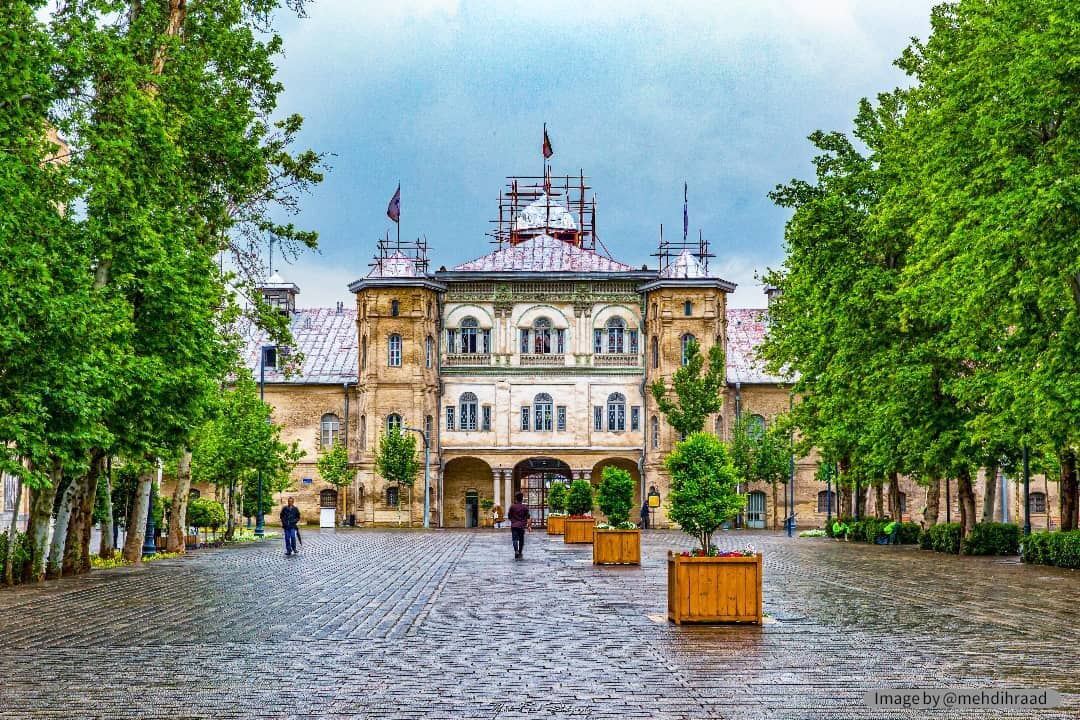
Hafez Avenue of Shiraz
The Hafeziyeh Complex (Tomb of Hafez, one of the greatest Persian-speaking Iranian poets) and the historical sites of Hafez Avenue of Shiraz make this area an attractive place for taking a half-day in Shiraz.
This part of the city of Shiraz had an extraordinary beauty even during the Safavid era (16th century AD), to the extent that Sharon and Tavernier, the French travelers who had visited Shiraz in the early 17th century, have pointed out the beauty of this street, which extended from “Tang-e Allaho-Akbar to the mausoleum of Ali ibn Hamza.
Begin Your Visit from the Qur’an Gate
Qur’an gate is the only one of the six old gates of Shiraz city that has survived and is standing in the Tang-e Allaho-Akbar. The initial structure of this gate was built in 950 AD, during the rule of Daylamites. Towards the end of the 18th century, Karim Khan Zand had this gate restored and ordered two volumes of the Quran to be placed in the upper chambers so that travelers could pass under it. Iranians believe that if they pass under the Qur’an at the beginning of their journey, their journey will be safe. Although the gate restored by Karim Khan was destroyed, the people of Shiraz got it restructured in 1949, The new gate was built with tall arches and large openings to allow trucks and large cars to pass through it. The tomb of Khwaju Kermani, a famous Persian poet and Sufi mystic, is close to the Qur’an gate and can be accessed by climbing a staircase.
Haft-tanan Garden Museum
This garden museum is located at the foothill of Mount “Chehel Maqam” and in the north of Hafeziyeh. The history of this garden dates back to the pre-Zand era, but the mansion in it was built during Karim Khan’s era (late 18th century). Because housing the graves of seven great mystics the garden is called “Haft-tanan". Karim Khan Zand has placed a large stone on each of these graves without any writing on them.
There is a hall in the garden, that is mounted on two large symmetrical columns and decorated with beautiful paintings on its upper niches. These paintings are masterpieces of the Zand era.
The “Chehel Maqam” building containing 40 gravestones is located below the Haft-tanan building. According to a legend told by local people, Haft-tanan were seven dervishes who had made a covenant with “Chehel Maqam” people to be buried in the same place.
Hafeziyeh (Tomb of Hafez)
Hafez was a great Iranian poet of the 14th century AD, who was born in Shiraz and passed away in the same city. It was 65 years after his death that a tomb was built over his burial place for the first time. Later, at the end of the 18th century, Karim Khan Zand built a mausoleum with eight pillars and a copper roof and placed a marble stone on his grave, which is 270 cm long, 80 cm wide, and 40 cm high. Hafeziyeh is located in a beautiful garden, which was designed by Andre Godard, a French designer, in 1935.
Shiraz National Garden
After visiting the tomb of Hafez, it is time to visit the Shiraz National Garden. A garden that was a desert called Mosla and Jafarabad during Hafez’s lifetime in the 14th century AD. The old trees of the National Garden, which presently houses residential and office buildings, can be quite attractive for every tourist. There was a cemetery named “Javanabad” in the south of the garden, during the Qajar era, which extended to the tomb of Ali ibn Hamza. This cemetery is now a part of the garden.
The portal of the national garden is made of three brick arches. There is a square in its center, where four heart-shaped ponds can be seen. A square-shaped stone pillar is built in the middle of these ponds, on which some of Hafez’s poems can be seen.
Jahan Nama Garden
If you take a walk in the direction of the National Garden, you will reach the Jahan Nama Garden after a few minutes. This garden was there a few centuries before the time of Karim Khan came to power and, therefore, is considered the oldest garden in Shiraz. He put a fence around this garden and built a mansion in the middle of it in 1771.
Tomb of Ali ibn Hamzah
At the end of this walk, you can visit the shrine of Ali ibn Hamzah, a descendant of Imam Musa Kazem, the seventh Shiite imam. This tomb was built in the 10th century, by the Daylamite ruler, Adud al-Dawla. Parts of this tomb have been restored several times.
| Name | Hafez Avenue of Shiraz |
| Country | Iran |
| State | Fars |
| City | Shiraz |
| Type | Historical |
| Registration | No registration |
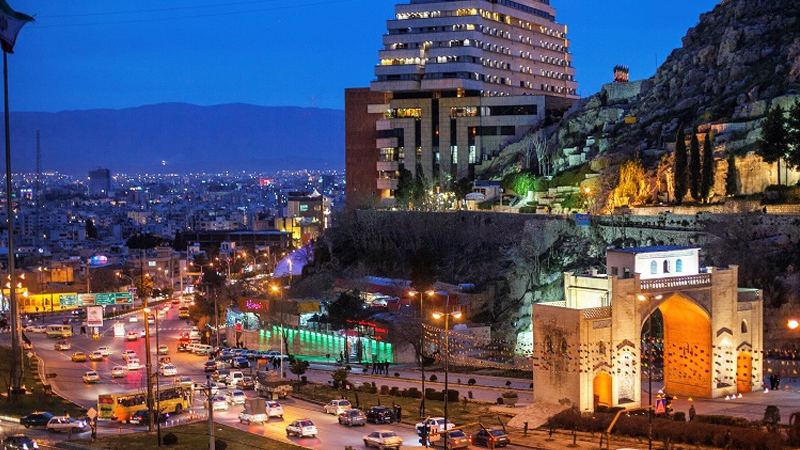

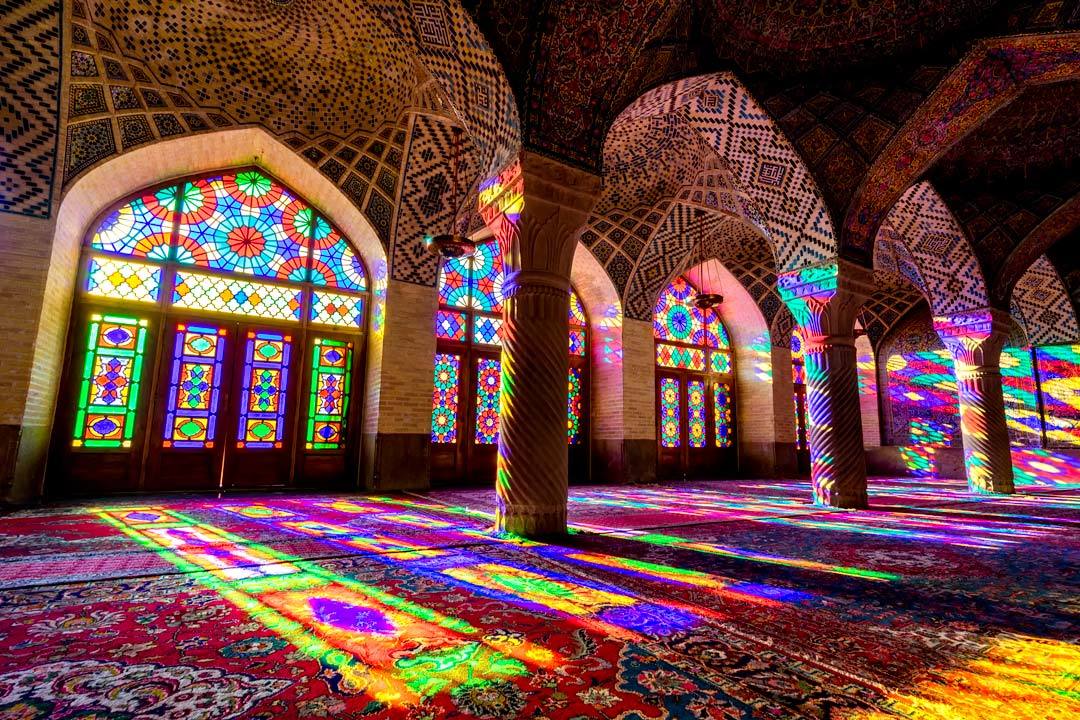
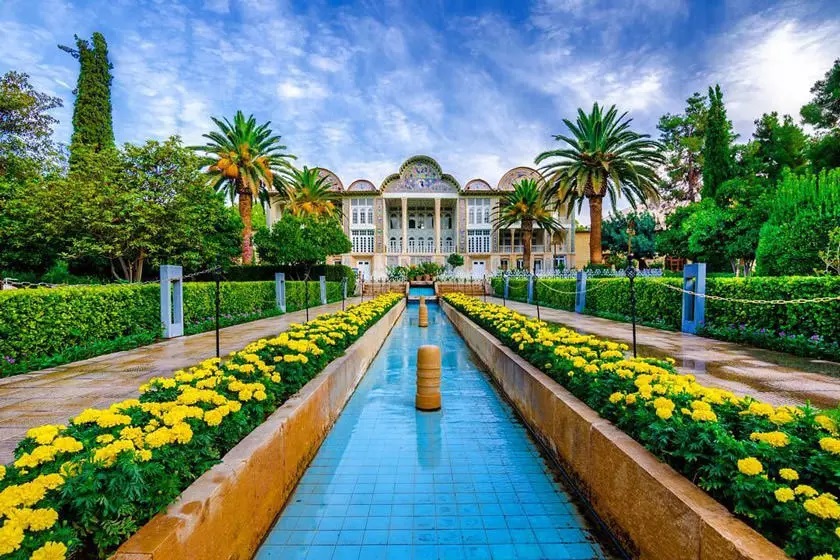
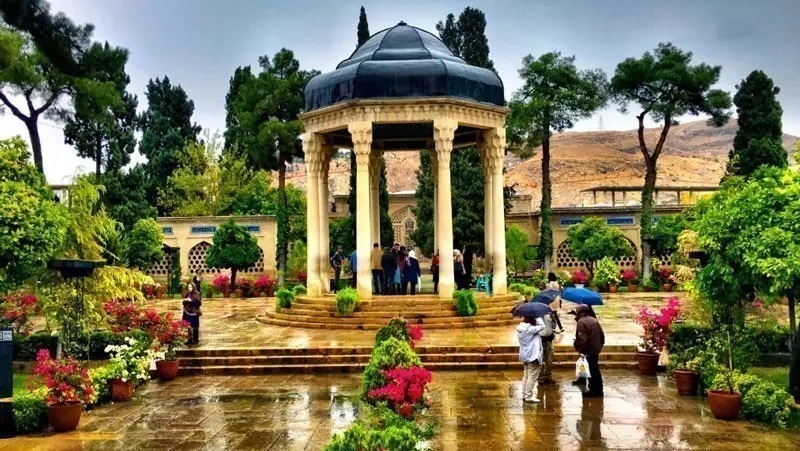





Choose blindless
Red blindless Green blindless Blue blindless Red hard to see Green hard to see Blue hard to see Monochrome Special MonochromeFont size change:
Change word spacing:
Change line height:
Change mouse type:

